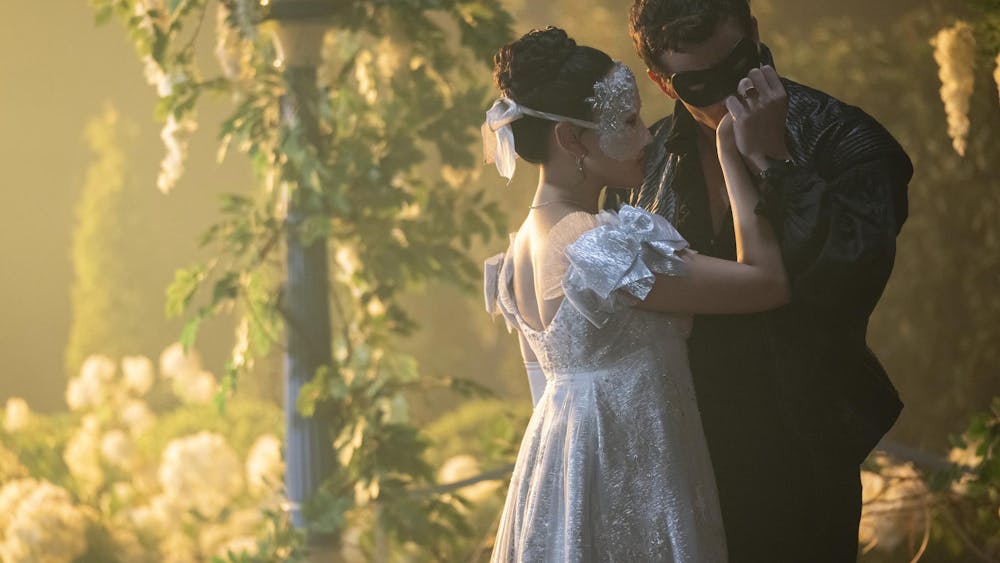NEW YORK -- Malcolm Gladwell, whose best seller "The Tipping Point" explored how minor events can lead to momentous changes, got the idea for his next project simply by letting his hair grow long.\n"I started getting speeding tickets for the first time in my life and getting pulled aside for security at airports," recalls the 41-year-old Gladwell, who also cites a time a couple of years ago when New York police stopped and questioned him because he supposedly resembled a rape suspect.\n"I decided at that point that I wanted to write a book about first impressions," says Gladwell, a staff writer for The New Yorker.\nHis new work, "Blink: The Power of Thinking Without Thinking," has just been published by Little, Brown & Co.\nLike "The Tipping Point," Gladwell's current book is a study of small things with great consequences, in this case snap decisions that can prove uncannily correct or tragically wrong. In "Blink," which has a first printing of 250,000, Gladwell details the importance of instincts in a wide range of professions.\n"I wanted to get people thinking about how we make decisions," Gladwell said, whose previous book has 800,000 copies in print and has been cited by everybody from former President Clinton to Starbucks Chairman Howard Schultz. "We think what's on the surface is all we need to know when, in fact, there's so much going on under the surface that we don't know about."\nThe J. Paul Getty Museum in Los Angeles had agreed to purchase the kouros after an extensive investigation. Stanley V. Margolis, a geologist from the University of California at Davis, concluded that the statue was at least hundreds, if not thousands of years old, based on the presence of calcite, a mineral that could only exist after a centuries-long aging process.\nFederico Zeri, one of the museum's trustees, looked at the kouros and immediately sensed something wrong, something about the statue's fingernails. Evelyn Harrison, an expert on Greek culture, was unsettled, but couldn't say why. Thomas Hoving, former director of New York's Metropolitan Museum of Art, took a look and the first word that came into his head was "fresh," as in new.\nThe Getty subsequently discovered that documents vouching for the kouros were fake and that the calcite could have been produced in a couple of months. While the statue remains in the museum's permanent collection, the catalog includes a cautionary notation about its origins: "About 530 B.C., or modern forgery."\nThe experts who had felt an "intuitive repulsion," as one detractor called it, had good reason.\n"In the first two seconds of looking in a single glance," Gladwell writes, "they were able to understand more about the essence of the statue than the team at the Getty was able to understand after fourteen months."\nThe art of thinking quickly is known among psychologists as "thin-slicing," in which the mind processes a great deal of information in a short time. What makes some of us better "thin slicers" than others? A major reason, Gladwell says, is experience the more you know coming into a situation, the more likely you can make a fast and reasoned judgment. As an artist or athlete might say, the more you practice, the better you improvise.\n"Spontaneity is an important concept in the book," Gladwell says. "You can be spontaneous on the basketball court pass, dribble, shoot but that comes about after an enormous amount of practice and discipline. To me, this suggests that spontaneity and structure are two sides of the same coin"
Book examines how simplicity can lead to momentous change
Get stories like this in your inbox
Subscribe





